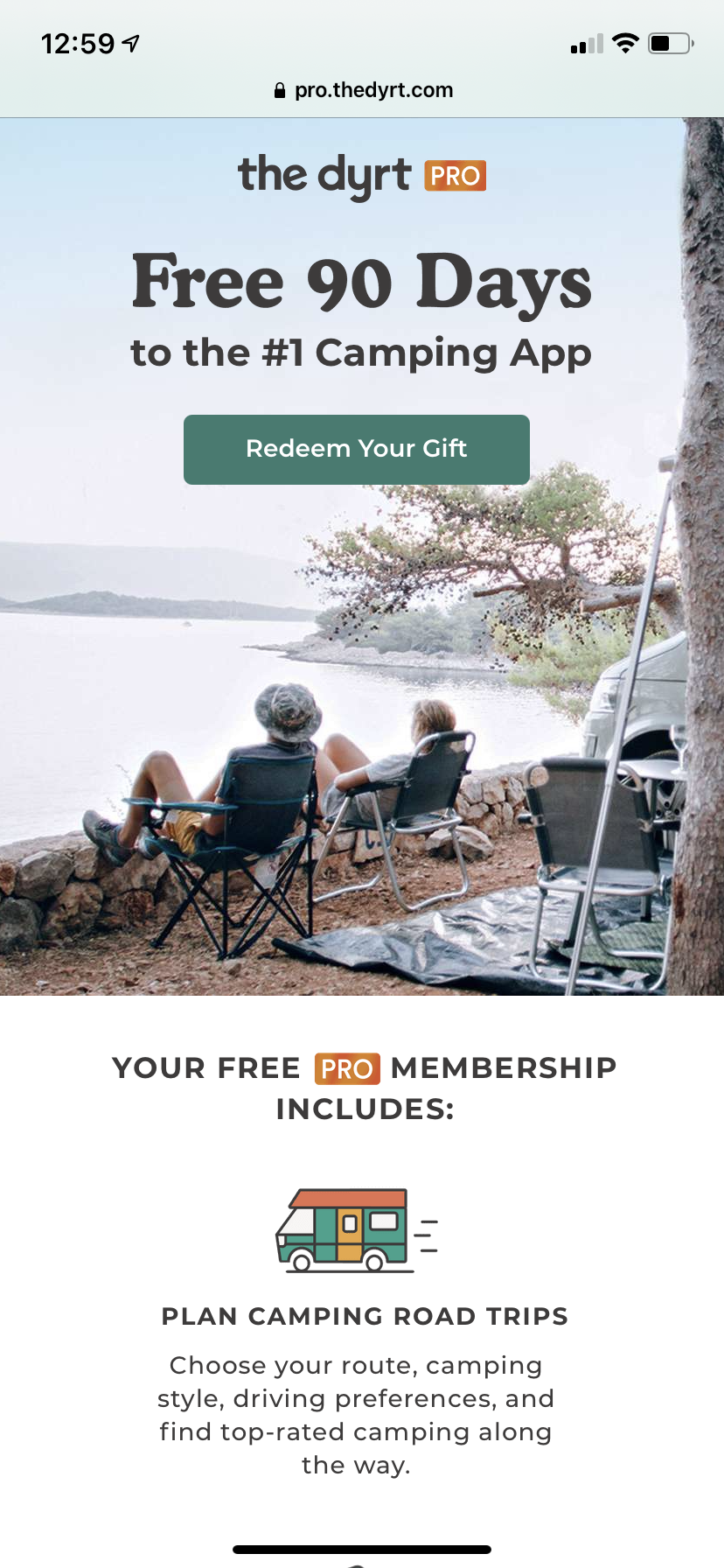How to Find Campsites for Car Camping
Car camping is just driving out somewhere in nature and setting up a tent….. Simple, right? Not always. As camping becomes more and more popular it is becoming increasingly challenging to not only find a campsite but to also know what the site has to offer. I am admittedly more of a “wing-it” kind of camper who tends to figure it out as I go, but I suppose I’m only comfortable doing that because of many years of experience. Here are a few tips and tools to get you on the path to a campsite near you.
Use Public land. I spend 90% of my time camping and hiking on public lands. What is public land? It is land (In the USA) owned by the people and managed by a government agency using tax dollars. It's your land. The most common managers of these lands are state agencies often called (fill in the state) ___ Department of Lands, ____ Department of Natural Resources and the like, and BLM (Bureau of Land Management) and USFS (United States Forest Service) for regional or nationally managed lands. So how can you find and use it? Maps and local resources. Two useful mapping programs for this are The Dyrt (photos below) and Gaia (for hiking/climbing/tracking). Secondly you could contact your local ranger or representative to learn about camping opportunities and regulations near you. Be mindful that they are often first come first serve and may have rules and regulations that vary seasonally.
Visit State and National Parks. Still public land yes, but they are often more expensive, crowded and challenging to get reservations than the not-so-well-established public land areas. They do usually include more amenities like showers, RV hook ups, bathrooms and more which can be preferable to many. For these I would call ahead or check online for reservations. To get good insight and reviews on these, the app mentioned above (The Dyrt) can be a valuable tool.
Boondock when legal. Boondocking is an urban-ish method camping. It’s kind of like being homeless by choice in a city. I have done this many times when on road trips or just needing an easy spot to catch some Z’s before continuing on my way. Most Walmarts allow this, and if you’re willing to risk it for the rest you can tuck away in many business parking lots. Rest stops can work well too if you’re stealthy about it. Window coverings are nice to keep the sun/street lights out and ear plugs can help block out the sound of cars driving by. Lock your car and know that you may get a knock from the police or a business owner if you're in the wrong spot. If you're respectful they usually just ask you to move along. Don’t get caught with your pants down, wear shorts to bed.
I hope this gave you a little insight to help you on your next outing. It can be intimidating for many but after a few times out you will get used to it. If you’re nervous about wild animals (or people) I recommend carrying a weapon. You choose what works for you and you are trained with, but I like options that work well from 50ft away.
One last thing: If you are going out onto public land or somewhere else without cell phone service, I’d highly recommend considering a satellite communication device and other emergency supplies. Have extra food, water, clothing and a plan that was shared with someone else. Here is the satellite phone I’ve used for a few years and take it with me everywhere.
-Tools for Car Camping-
Site finder and Trip Planner: http://thedyrt.com/promo/chase90
Land Scouting and Trip Tracker: https://www.gaiagps.com/
Window Insulation/Covering (cut to size): https://amzn.to/339KutM
Ear Plugs:https://amzn.to/3gQdKN0
Satellite Phone/Tracker: https://amzn.to/2RemZvp
Have any other recommendations? Please comment below!








